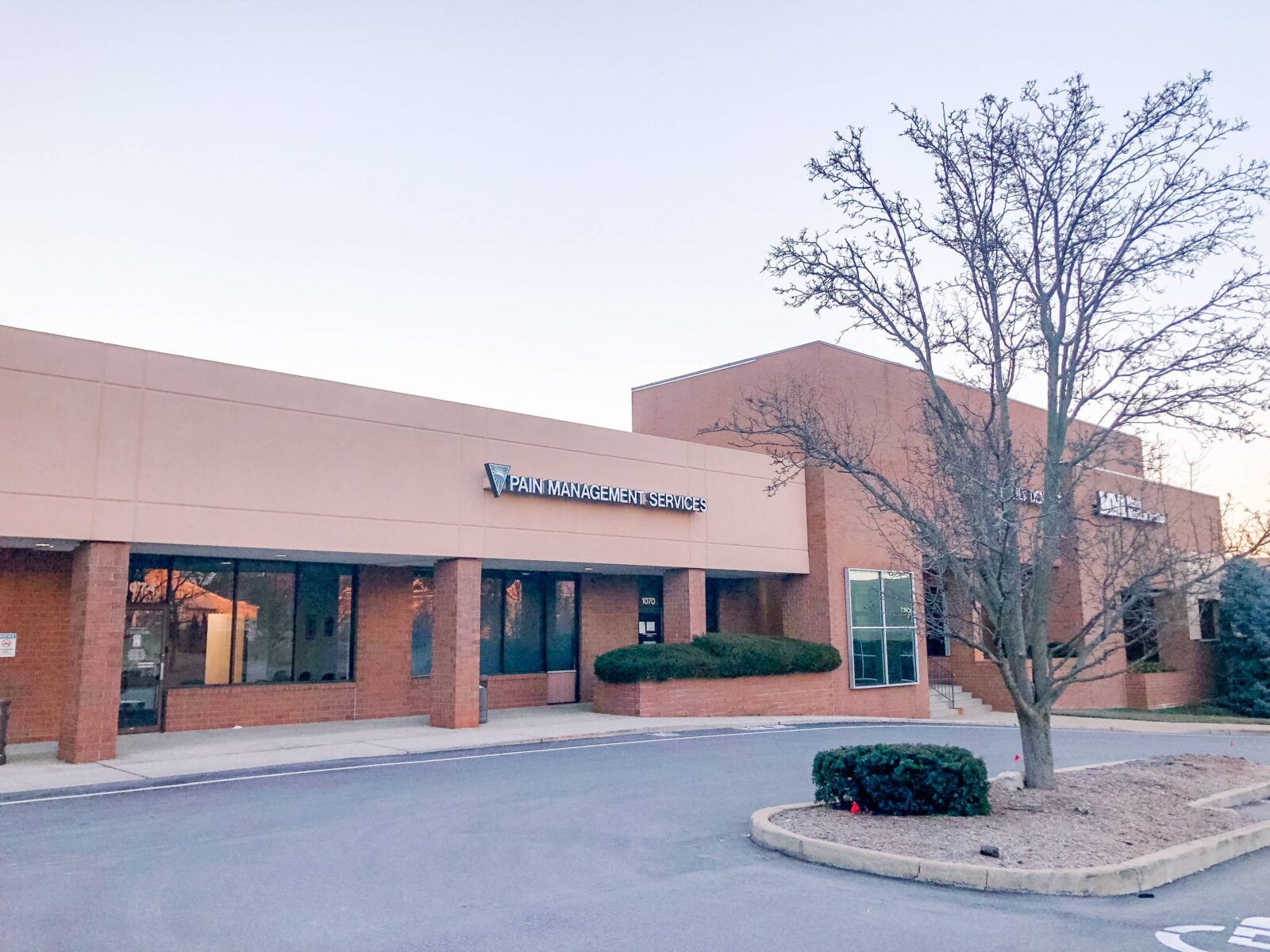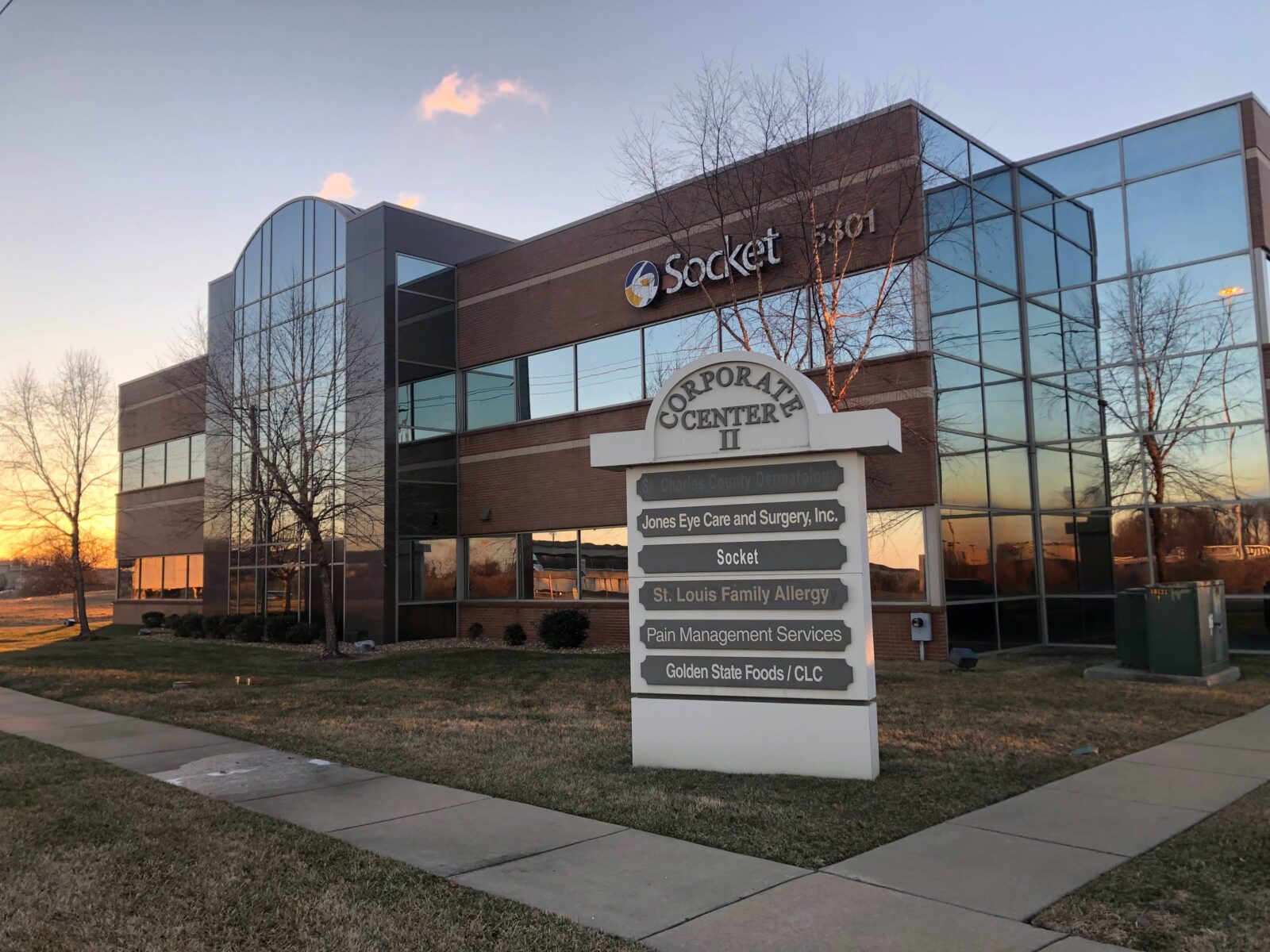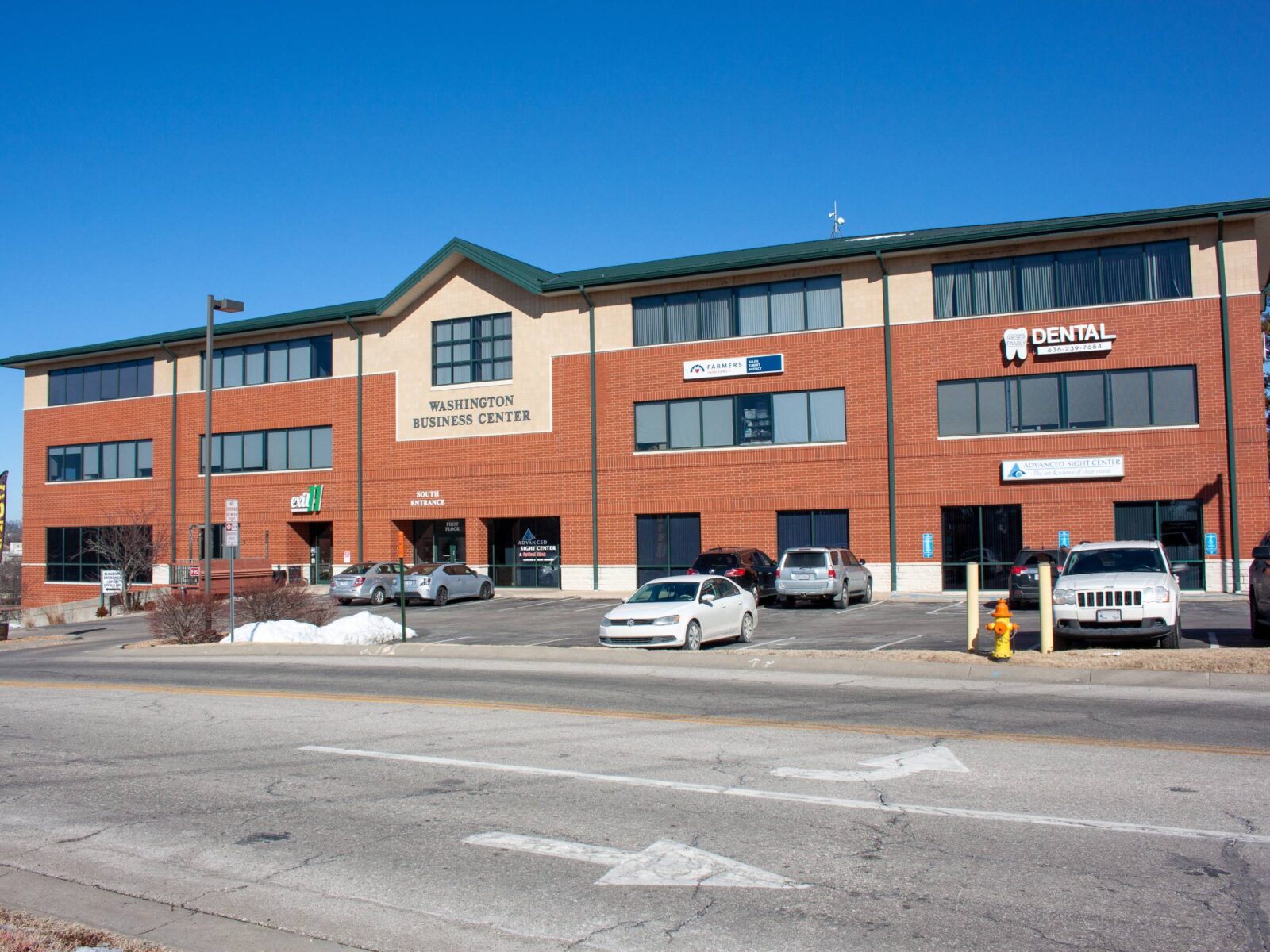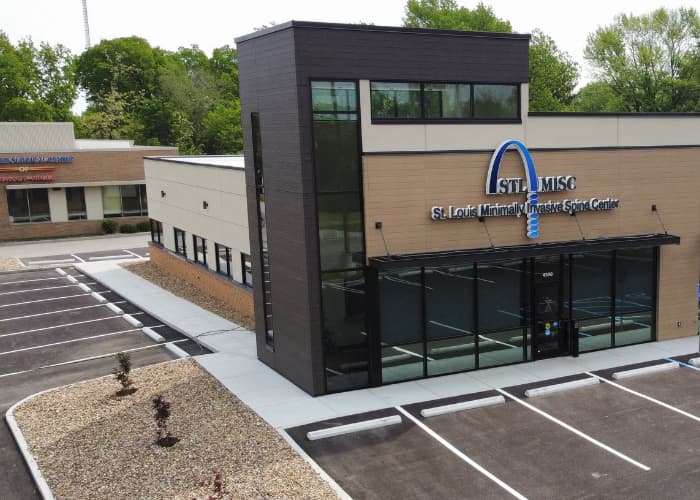Cervical Medial Branch RFA At Pain Management Services
One method of controlling pain when other methods have failed is reducing the capability of the nerves to carry pain signals. This can be an effective technique when addressing pain issues in the upper back and neck. Radiofrequency Ablation (RFA) is one procedure that’s used to achieve this goal. It’s a common treatment for pain related to arthritis but is applicable in other situations as well.
How Can Cervical Medial Branch RFA Help Me?
Radiofrequency Ablation uses an electrical current into an electrode that has been positioned in the target tissue. Once in place, the current is tuned into a range of radio waves which, in turn, produces heat at the target nerve cluster. The nerve is then heated to 80C, injuring the nerves and reducing their ability to communicate pain signals to the brain. Identifying the source of the pain is an essential first step in this procedure. This is typically accomplished using a medial branch block (MBB) to hone in on the precise source.
A clinical study conducted in 2007 examined cases of patients treated with RFA therapy. The results indicated that 68.4% of the patients involved experienced significant to excellent relief from chronic pain. Relief from this treatment was shown to last as little as six to 12 months but occasionally persisted for several years. This helped some of the involved patients to reduce their dependency on pain medication for the duration.
RFA is easily tolerated by most patients and has a limited risk of side effects. Among the reported side-effects is a burning sensation in the neck where the treatment was performed. One benefit of RFA is that it’s a targeted therapy that limits its effects to the target area. As a result, only those nerves that send signals from the painful joints to the brain are affected. Those that return from the brain and control motor functions, etc., are left unaltered.
This test provided further evidence that RFA is an effective way to manage arthritis pain. It’s an excellent option for those taking analgesic medication daily to control discomfort. Patients who underwent RFA treatment reported increased mobility, reduced daily pain, and reduced reliance on analgesic medication.
What Happens During RFA Treatment?
The first stage of an RFA treatment is identifying the source of the pain. A medial branch block using an injection of Bupivacaine, a local anesthetic, around the nerves is the preferred diagnostic tool. While the MBB provides relief for only a few hours, it achieves the goal of finding the source of the pain. This diagnostic test block needs to be performed twice on separate occasions to confirm the source of pain. Also, insurance companies require that it be performed twice. Once confirmed, the ablation is performed. Ablations:
- Frequently take less than an hour to complete.
- Can be performed under local anesthetic or light IV sedation.
- Are performed using X-ray imaging to ensure proper placement of the needle
- Use motor testing to ensure the right nerves are ablated.
- Use a gentle electric current to ablate the nerve over 90 seconds.
After the procedure, it will be best to take the rest of the day to recover. Soreness at the treatment site is common but will subside quickly. Strategies to combat post procedure soreness include using steroid at the site of ablation, use of NSAIDs such as ibuprofen, and icing the neck 20 minutes on and off for the next 3-4 days.
Reach out to our clinic to schedule a consultation with Dr. Calvin Cajigal, MD. Our team in Des Peres, MO will identify the source of your pain and determine if cervical medial branch radiofrequency ablation is right for your case.






